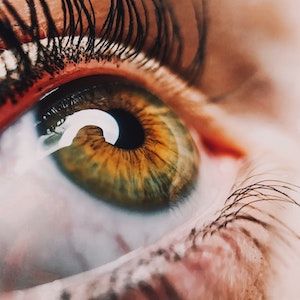Video
Bringing Ocular Imaging to Primary Care Practices
Author(s):
Eleonora M. Lad, MD, PhD, shares how advances in ocular imaging, including AI tools, can improve diagnosis of geographic atrophy going forward.
Nancy M. Holekamp, MD, FASRS: Nora, you’re a world-class ocular imager. This is where I think AI could help that dynamic. Do you see a future where we will have software on our OCT [optical coherence tomography] machines that will make the diagnosis of GA [geographic atrophy], for not only us but also the primary eye care provider, so that it’s not a question of whether they’re right or wrong. I see AI as a very valuable tool on correct diagnosis prompting a correct and timely referral.
Eleonora Lad, MD, PhD: Yes, in fact, they are. Thank you for asking this question. I’m excited because there are tools in development for this, especially for diagnosing geographic atrophy and predicting which patients will develop geographic atrophy. Some AI tools predict speed of progression for our patients. Hopefully it will be an easy readout, such as others that we’re used to: visual field readout, ECGs [electrocardiograms], and other areas of medicine that could be very useful to our referring colleagues.
Transcript edited for clarity





